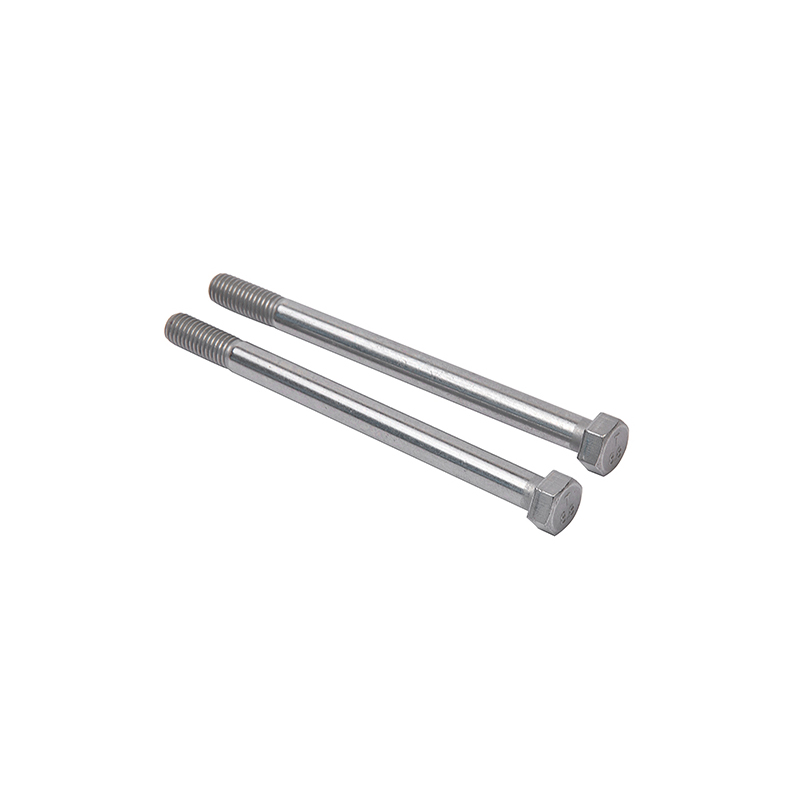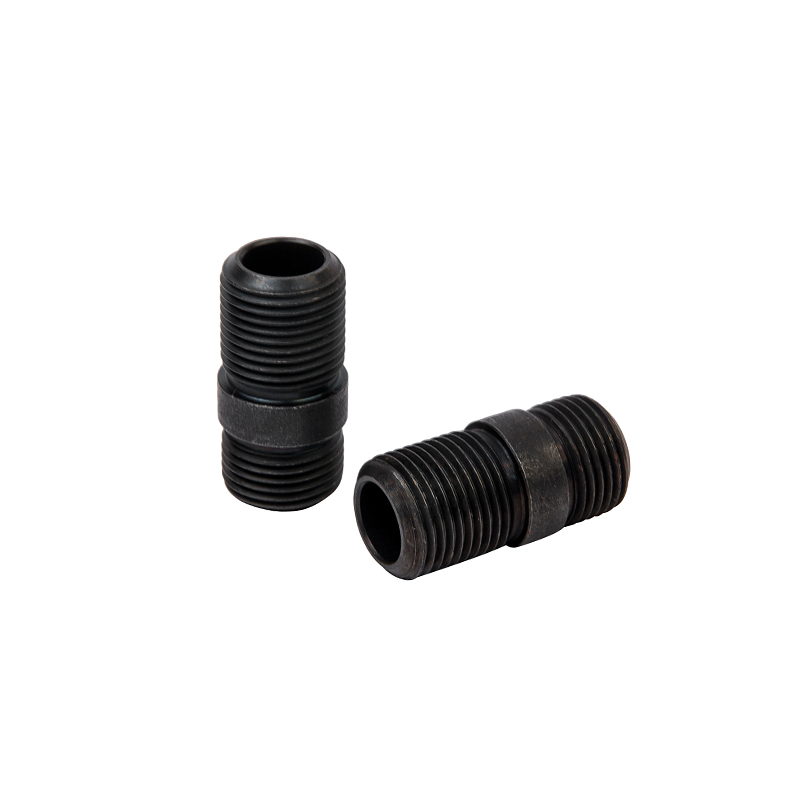Just write us your request & we will take care of the rest.
The Crucial Role of Stainless Steel Rivets in Automotive Fastening Systems
In the automotive industry, fasteners are essential for the assembly, functionality, and longevity of vehicles. As automotive technology continues to evolve, so does the demand for reliable and durable fastening solutions. One type of fastener that has proven invaluable in automotive applications is the stainless steel rivet. Known for its strength, corrosion resistance, and versatility, the stainless steel rivet plays a key role in securing various components in vehicles. This article explores the significance of stainless steel rivets in the automotive industry, highlighting their advantages, common applications, and the technological innovations that have improved their performance.
Rivets are permanent mechanical fasteners used to join two or more components together. Unlike bolts or screws, which can be removed and reinstalled, rivets are meant to create a lasting bond between parts. Stainless steel rivets are particularly popular in the automotive industry because of the properties of stainless steel. This material is resistant to corrosion, can withstand temperatures, and offers strength-to-weight ratios.
In the context of automotive manufacturing, stainless steel rivets are used in critical areas where long-lasting durability is essential. They provide a secure connection that can endure the vibrations, stresses, and environmental factors vehicles experience during their lifespan. The resilience and reliability of these fasteners make them indispensable in the construction of both passenger cars and commercial vehicles.
Stainless steel rivets are used in a wide range of automotive applications, contributing to the structural integrity and safety of the vehicle. One of the common uses of these rivets is in the assembly of the body panels. Car manufacturers rely on stainless steel rivets to attach metal sheets to the vehicle's frame, ensuring that the body remains solid and resistant to impact and stress. This is especially important in areas like the car's chassis, doors, and roof, where strength is critical.
Another important application of stainless steel rivets is in the attachment of interior components. From dashboards to seat frames, these rivets help hold parts together without compromising the aesthetics of the vehicle. Stainless steel rivets are often favored in areas where fasteners need to be concealed or where they are exposed to wear and tear, as they do not rust or degrade over time.
Stainless steel rivets are also used in securing engine components, exhaust systems, and suspension assemblies. The harsh environment under the hood requires fasteners that can withstand high temperatures, vibrations, and exposure to chemicals. The heat resistance and corrosion-resistant properties of stainless steel make these rivets ideal for use in these challenging conditions, ensuring that the components stay securely fastened even in the demanding situations.
The choice of stainless steel rivets in automotive manufacturing offers several key advantages. First and foreis their exceptional durability. Stainless steel is known for its ability to resist rust, corrosion, and staining, which means that the rivets will maintain their structural integrity even in harsh environments. This is particularly important for vehicles that are exposed to the elements, such as trucks, SUVs, and off-road vehicles.
Another advantage of stainless steel rivets is their ability to withstand temperatures. In both cold and hot conditions, these rivets retain their strength and reliability, making them ideal for use in both engine bays and exterior applications. This temperature resistance ensures that the fasteners won’t weaken or deform, even under prolonged exposure to heat from the engine or exhaust system.
The strength-to-weight ratio of stainless steel also makes it a favored material for automotive rivets. By using stainless steel rivets, manufacturers can create secure connections without adding excessive weight to the vehicle. This contributes to improved fuel efficiency, which is a major concern in the design of modern vehicles.
Additionally, stainless steel rivets are relatively easy to install. In large-scale automotive manufacturing, rivets are often installed using automated processes, allowing for quick and efficient assembly. This saves time and reduces labor costs, making rivets an attractive option for manufacturers looking to streamline production without sacrificing quality.

 English
English Español
Español










Contact Us